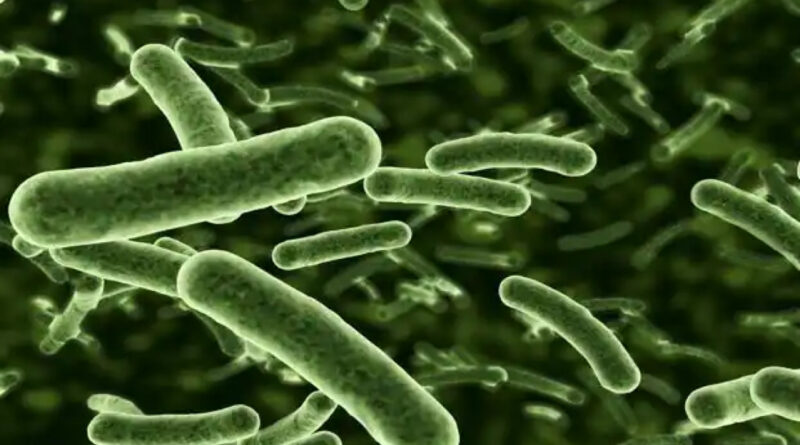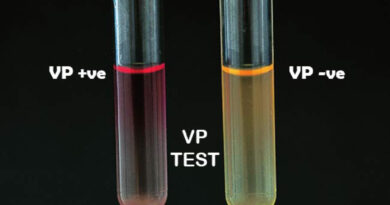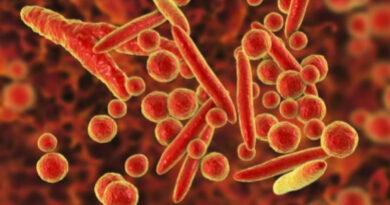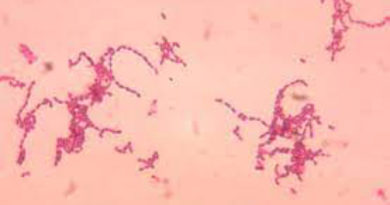Understanding E. Coli: A Comprehensive Overview
Escherichia coli, commonly known as E. coli, is a type of bacteria that resides in the intestines of humans and animals. While most strains of E. coli are harmless and even beneficial, certain strains can cause severe foodborne illness. This article aims to provide a detailed understanding of E. coli, covering its biology, beneficial roles, pathogenic strains, symptoms of infection, prevention, and treatment.
Biology of E. Coli
E. coli is a Gram-negative, rod-shaped bacterium that is a natural part of the gut flora in humans and animals. It plays a crucial role in the digestive system by aiding in the production of vitamin K and maintaining intestinal health. E. coli bacteria are highly adaptable and can thrive in various environments, which contributes to their ability to cause disease.
Beneficial Roles of E. Coli
1. Vitamin K Production: E. coli in the intestines help synthesize vitamin K, which is essential for blood clotting and bone health.
2. Digestive Health: By occupying space in the gut, E. coli competes with pathogenic bacteria, reducing the likelihood of infections.
3. Scientific Research: E. coli is widely used in biotechnology and microbiology for genetic research and industrial applications, such as the production of insulin.
Pathogenic Strains of E. Coli
Not all E. coli strains are benign. Some can cause serious illness, particularly strains like E. coli O157:H7, which produce Shiga toxin. These pathogenic strains can lead to conditions such as:
1. Gastroenteritis: Inflammation of the stomach and intestines, leading to diarrhea and vomiting.
2. Urinary Tract Infections (UTIs): Some E. coli strains can infect the urinary tract, causing pain and frequent urination.
3. Hemolytic Uremic Syndrome (HUS): A severe complication that can arise from Shiga toxin-producing E. coli (STEC) infections, leading to kidney failure.
Symptoms of E. Coli Infection
Symptoms of an E. coli infection can vary depending on the strain and the site of infection. Common symptoms include:
– Severe stomach cramps
– Diarrhea (often bloody)
– Vomiting
– Fever
In cases of HUS, additional symptoms such as decreased urine output, fatigue, and paleness may occur, indicating a need for immediate medical attention.
Prevention of E. Coli Infections
Preventing E. coli infections involves several practices, particularly related to food safety and personal hygiene:
1. Proper Food Handling: Cooking meat thoroughly, avoiding raw milk, and washing fruits and vegetables can reduce the risk of contamination.
2. Hand Hygiene: Washing hands with soap and water before eating or preparing food, after using the bathroom, and after contact with animals can prevent the spread of E. coli.
3. Avoid Cross-Contamination: Using separate cutting boards and utensils for raw meat and other foods helps prevent the transfer of bacteria.
Treatment of E. Coli Infections
Most E. coli infections are self-limiting and resolve within a week. Treatment focuses on supportive care, including:
1. Hydration: Drinking plenty of fluids to prevent dehydration caused by diarrhea.
2. Rest: Allowing the body to recover by getting adequate rest.
3. Avoiding Antibiotics: In cases of STEC infections, antibiotics are generally avoided as they can increase the risk of HUS.
In severe cases, especially when HUS develops, hospitalization and more intensive treatments such as intravenous fluids and blood transfusions may be necessary.
Conclusion
E. coli is a complex bacterium with both beneficial and harmful strains. Understanding its roles and the risks associated with pathogenic strains is crucial for maintaining health and preventing infections. By adhering to proper food safety practices and personal hygiene, the risk of E. coli infections can be significantly minimized. For those who do become infected, supportive care is typically sufficient, though severe cases may require medical intervention. Continued research and public health efforts are essential in managing and reducing the impact of E. coli-related illnesses.



